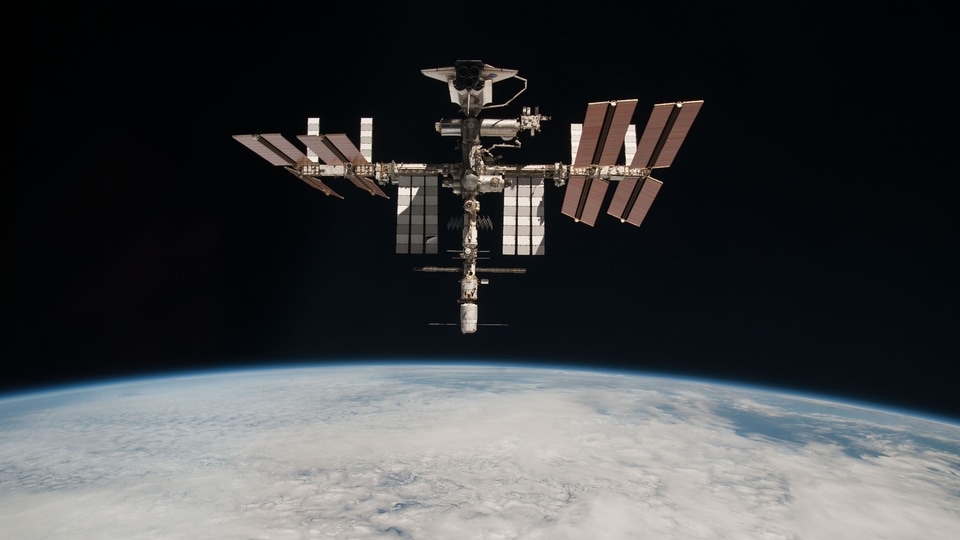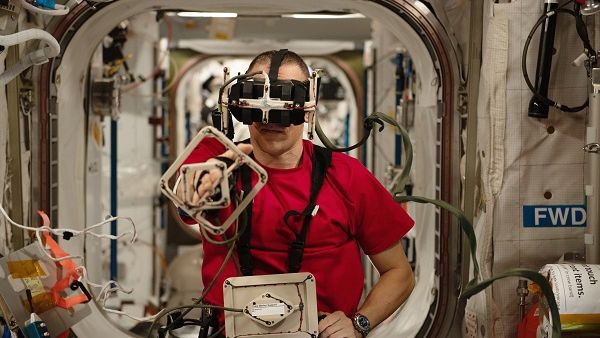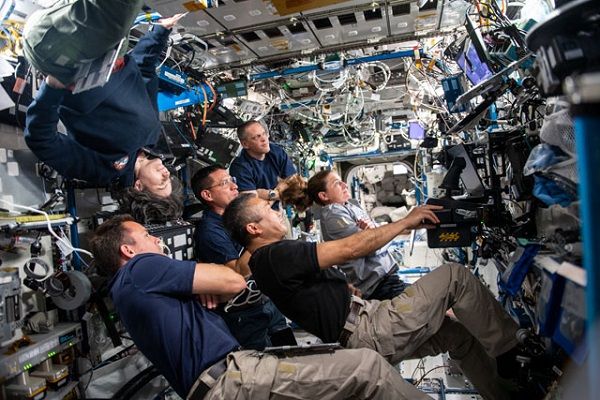100-mtr, 1000-mtr Asteroid impact chances and consequences-all in brief
What will a 100-mtr, or a 1000-mtr Asteroid strike on Earth do? What are the chances of a strike by these monster rocks? Find out







 View all Images
View all ImagesAsteroids are astonishing space rocks, literally, in the sky that fly around in specific orbits and sometime come very close to Earth.
Needless to say, their potential for destruction make all space agencies in the world, as well as amateur astronomers, keep a constant watch on the skies above for a rare sighting.
Yes, the sightings by the huge number of telescopes around the Earth as well as in space, are many. Surprisingly, new, never-seen-before, ones keep coming very frequently and are promptly catalogued.
The really dangerous ones are those that come from the direction of the Sun as they cannot be easily sighted as the glare makes it impossible.
This also means that when these asteroids come, they give very little time to astronomers to chalk out their trajectory and figure out whether they will hit the Earth or not.
That is also the reason why a constant watch is kept for them.
Smaller asteroids and icy bits of matter strike earth daily but larger rocks do not strike that often.
The smaller ones that do hit the Earth's atmosphere appear as as shiny meteors. The smaller ones strike daily and quickly evaporate.
The 100-metre asteroids strike every 1000 years or thereabouts. They can easily cause tsunami-like situations when they hit the ocean and they can even destroy distant sea shores.
The Massive 1000-metre (1 km) asteroid is rarer and its chances of striking the Earth will span millions of years. But when they do occur, they can cause mass destruction.
A collision with a large asteroid is a concern, but it is actually the dust and other matter thrown up into the sky after the strike that is the biggest cause of concern as that will affect the earth's climate for years to come.
The immediate strike can kill millions of people if it hits a densely populated city. Out in remote areas, the casualties will be less.
In fact, it can cause the extinction of many species at the global level.
Catch all the Latest Tech News, Mobile News, Laptop News, Gaming news, Wearables News , How To News, also keep up with us on Whatsapp channel,Twitter, Facebook, Google News, and Instagram. For our latest videos, subscribe to our YouTube channel.




























